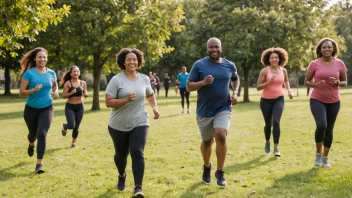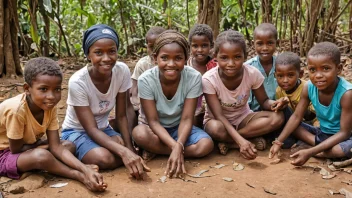In today's digital age, social media has become an essential tool for disaster response and humanitarian aid. From real-time updates to mobilizing volunteers, platforms like Twitter, Facebook, and Instagram have proven invaluable in emergency situations. This article aims to address some common questions about how social media can be effectively utilized in disaster response efforts.
What role does social media play in disaster response?
Social media serves multiple roles in disaster response, including:
- Information Sharing: Real-time updates on emergencies help keep the public informed.
- Resource Mobilization: Organizations can quickly mobilize resources and volunteers through social media outreach.
- Community Engagement: Social media fosters community support and engagement during crises.
How can individuals use social media to help during a disaster?
Individuals can leverage social media in various ways:
- Share Accurate Information: Post verified updates and resources to combat misinformation.
- Volunteer Online: Join groups or pages that organize virtual volunteer efforts.
- Raise Awareness: Use your platform to highlight specific needs and initiatives.
What are some effective strategies for organizations using social media in disaster response?
Organizations can adopt several strategies:
- Engagement: Actively engage with followers by responding to comments and messages.
- Visual Storytelling: Use images and videos to convey the urgency and impact of the situation.
- Hashtags: Create or use established hashtags to increase visibility and reach.
What are the potential challenges of using social media for disaster response?
While social media is a powerful tool, it has its challenges:
- Misinformation: The spread of false information can hinder response efforts.
- Digital Divide: Not everyone has access to social media, limiting outreach.
- Overload of Information: Excessive posts can drown out critical updates.
How can social media be used to coordinate with local communities during disasters?
Social media can facilitate coordination by:
- Creating Local Groups: Establish community-specific pages for information sharing.
- Organizing Events: Use social media to organize local meetings or relief efforts.
- Feedback Mechanism: Encourage community members to share their needs and concerns.
How can social media analytics improve disaster response efforts?
Analytics can provide insights into:
- Audience Engagement: Understand what content resonates with your audience.
- Geographic Trends: Identify which areas need the most attention during a crisis.
- Response Time: Measure how quickly information spreads and adjust strategies accordingly.
What are some successful examples of social media used in disaster response?
Several notable instances include:
- Hurricane Harvey (2017): Social media was used to share real-time updates and coordinate rescue efforts.
- Earthquake in Nepal (2015): Organizations used Twitter to provide immediate relief information.
- COVID-19 Pandemic: Social media campaigns raised awareness and promoted health guidelines globally.
In conclusion, social media has transformed the landscape of disaster response, offering unique opportunities for engagement, information sharing, and community support. By understanding how to effectively utilize these platforms, individuals and organizations can significantly enhance their impact during emergencies. As we continue to navigate the complexities of crisis situations, leveraging social media will remain a critical component of humanitarian aid and disaster relief efforts.






